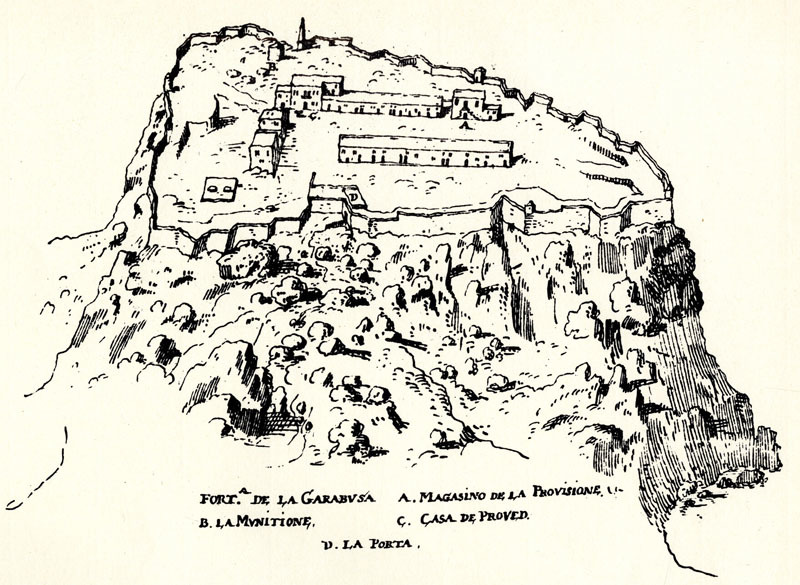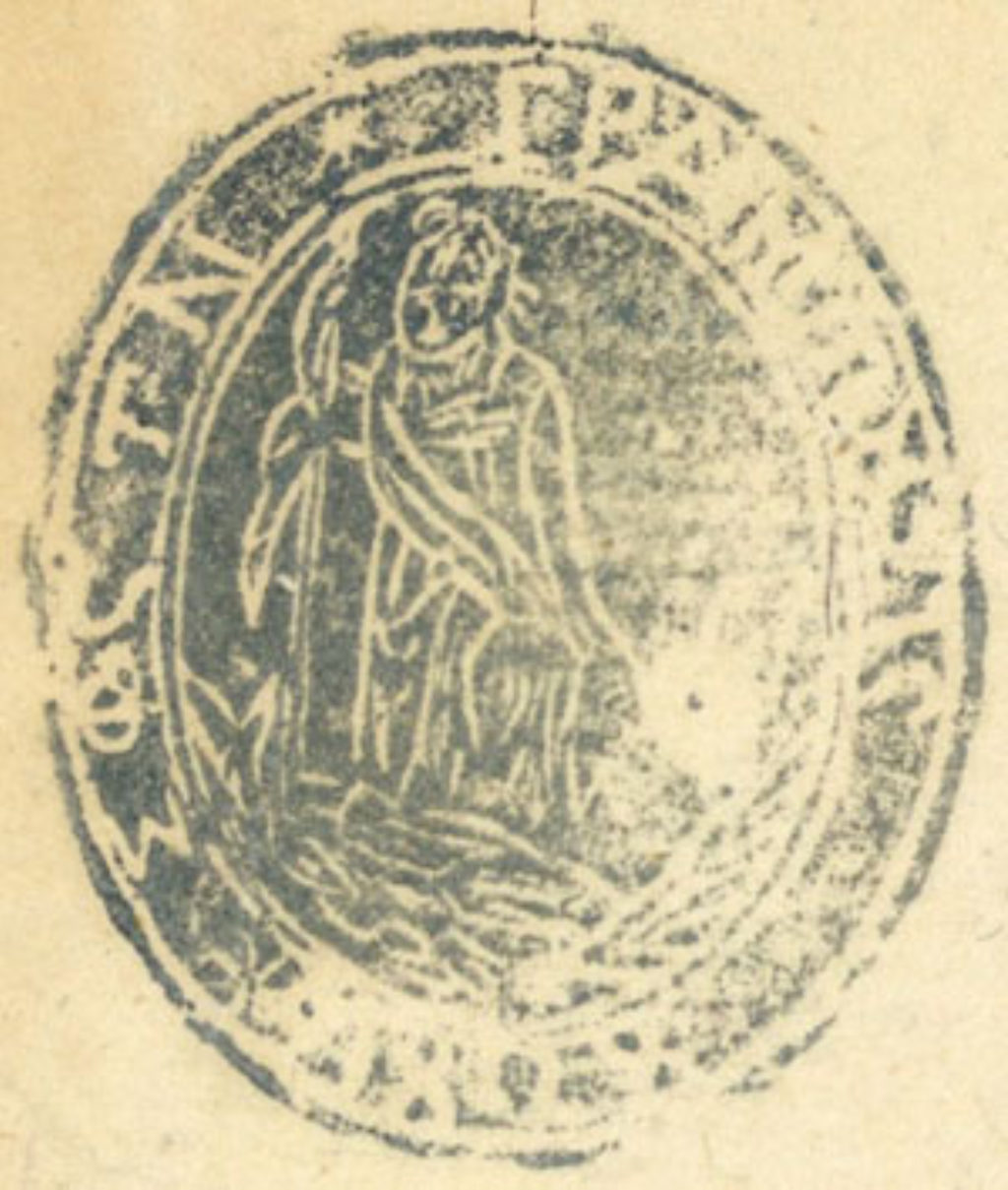THE FORTRESS OF GRAMVOUSA
The Fortress Is Taken and Piracy Flourishes
In early August 1825, a number of Cretans who had sought refuge in the Peloponnese and the islands mounted a successful operation to take the islet and fortress of Gramvousa, and briefly also the fortress (Kasteli) at Kissamos. The forces that soon gathered there attempted to rekindle the revolution on the rest of the island as well, but to no substantial effect. For almost two years (1825-1827) Gramvousa was the only area in revolt on Crete. Restricted to that small space, both those under arms and the refugees that had gathered there relied on supply lines from rebel areas outside Crete, though raids on the mainland served as their principal source of food and provisions. Their activity rapidly expanded into the realm of piracy, via collaboration with ships arriving at the island from various areas in the Aegean. The small harbour at Gramvousa emerged as one of the main pirate centres in the Eastern Mediterranean.
The Great Powers Intervene (1828-1830)
The Great Powers Intervene (1828-1830)
Piracy yielded significant profits. Soon, however, the attacks on European vessels led the Great Powers to intervene. The allied fleet sailed into the region in January 1828, escorted by Alexandros Mavrokordatos as the representative of Kapodistrias, who had not long assumed the governorship of revolutionary Greece. The small pirate fleet based at Spinalonga was broken up, several individuals were arrested or chased away, and the fortress was handed over.
Over the following years, especially in 1830, the revolutionaries made a number of attempts to retake the fortress, whether by force or via diplomacy, in the hope that even if Crete were not incorporated into the nascent Greek state, Gramvousa could serve as a base for continuing the revolution. Nonetheless, all efforts failed. The small fortress remained under allied control until the end of the revolution on Crete, whereupon it was handed over to Egyptian forces.


